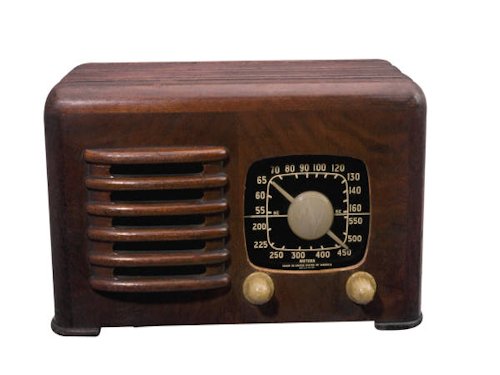
|
Old Familiar Memories - Photo 41
Superheterodyne Radio This was in an era when these small radios came enclosed in plastic covers. In electronics, a superheterodyne receiver (often shortened to superhet) uses frequency mixing to convert a received signal to a fixed intermediate frequency (IF) which can be more conveniently processed than the original radio carrier frequency. It was invented by US engineer Edwin Armstrong in 1918 during World War I. Virtually all modern radio receivers use the superheterodyne principle. At the cost of an extra frequency converter stage, the superheterodyne receiver provides superior selectivity and sensitivity compared with simpler designs.  ⇦ Back to Photo 40
Return to Memories Page 6
On to Photo 42 ⇨
⇦ Back to Photo 40
Return to Memories Page 6
On to Photo 42 ⇨
|
| Super-hetrodyne Radio |